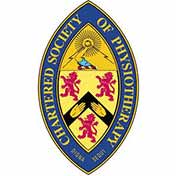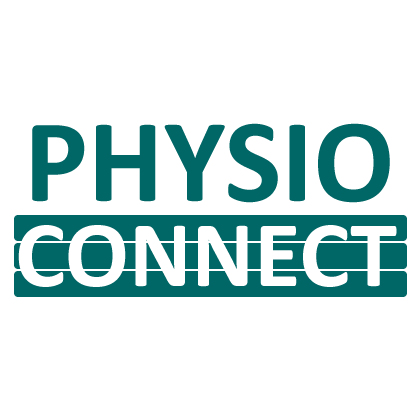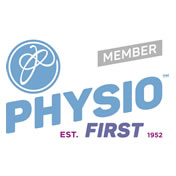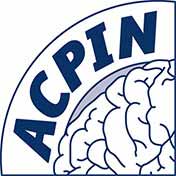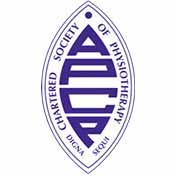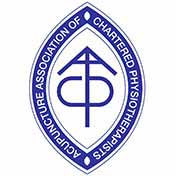Biomechanics' is essentially the analysis of the way in which a body part moves. In physiotherapy, this body part is analysed in terms of its structure, alignment and movement, alongside the neighbouring body parts, and in relation to the rest of the body as a whole. In this way, problems with specific structures can be identified, but also movement abnormalities can be detected which are contributing to the presenting pathology.
Such an example would be a runner presenting with one sided knee pain, arising when running, from the front of the knee. Although the painful body part is the knee, we have to consider what 'biomechanical issues' may be to blame for this and therefore assess not only the knee, but the neighbouring joints, related muscles, alignment of the whole lower limb and its combined movements.
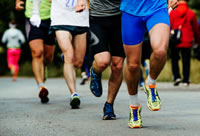 In other words, although the symptoms present from the knee, the source of the problem may be a combination of movement abnormalities further up or down the lower limb chain, causing the final stresses to concentrate around the knee.
In other words, although the symptoms present from the knee, the source of the problem may be a combination of movement abnormalities further up or down the lower limb chain, causing the final stresses to concentrate around the knee.
A thorough assessment therefore of the 'biomechanics' of that limb must be performed if the appropriate physiotherapy intervention is to be administered. Simply treating the symptoms locally at the knee would only result in the problem returning when the individual returns to running (and their poor habits) again.
Examples of what we may be considered within a biomechanical assessment include: Soft tissue tension and any associated muscular trigger points, joint movement (stiffness or hypermobility) and alignment, muscle strength, muscle recruitment patterns and the ability to stabilise any relevant joint, proprioception (position sense), snf neural tension. The assessment findings will then be analysed as to how all of these structures interrelate to produce the abnormal effect. Physiotherapy management will then be directed at addressing any fault found during the assessment, which is thought to be contributing to the symptomatic area.
Podiatry involvement...
As the foot is the first thing to strike the floor when walking and running, it stands to reason that if the foot strikes the floor incorrectly, or the normal movement of the foot is compromised, the whole body above it is affected as movement patterns are altered. This leads to repetitive movement abnormalities, occurring every time the foot hits the floor. Over time, and over miles, this can lead to complex biomechanical problems arising in many areas of the body, from repeated stress and compensation, even as far up as the neck. Podiatrists are highly qualified professionals dealing primarily with the feet. Podiatrists who specialise in biomechanics, are trained to assess the foot in conjunction with the alignment and movement of the rest of the body, and correct any abnormalities found to be occurring from the foot with specific exercises, manipulations and often custom-made insoles.
In such circumstances, Podiatrists and Physiotherapists work closely together to 'co-manage' biomechanical problems, and rehabilitate the client using an holistic approach.
At PEAK Physiotherapy Limited we work closely with Specialist Biomechanical Podiatrists, and we can provide biomechanical 'screening' for individuals who wish to have a full analysis of their alignment and movement control, in line with the sport in which they participate. This may be done in response to an injury recently sustained, a reoccurring problem, or simply for prophylactic reasons in order to prevent injury from occurring and to optimise sports performance.
For more information regarding this service please contact our Clinical Director Sarah Joice on 07908 684441.

